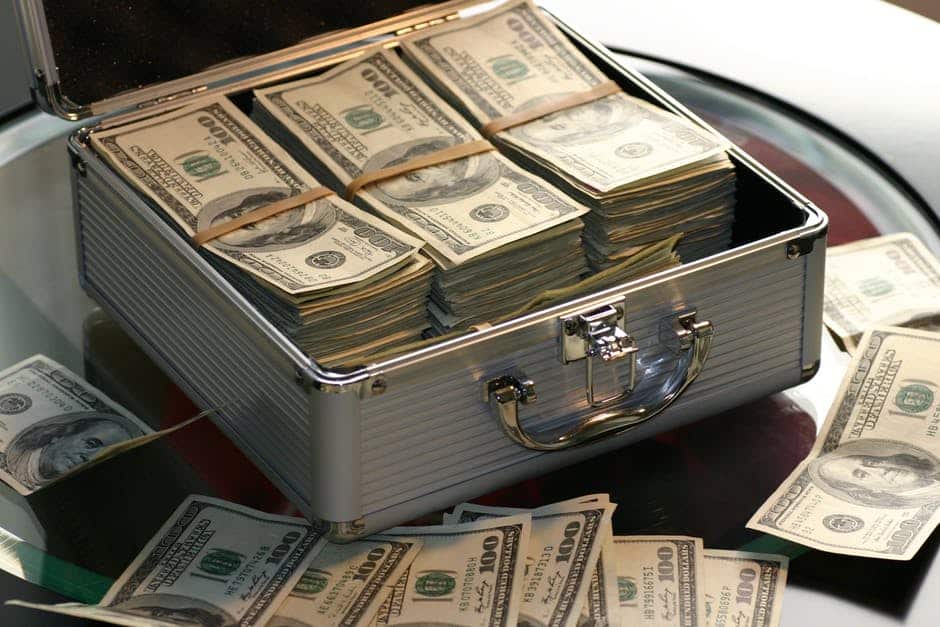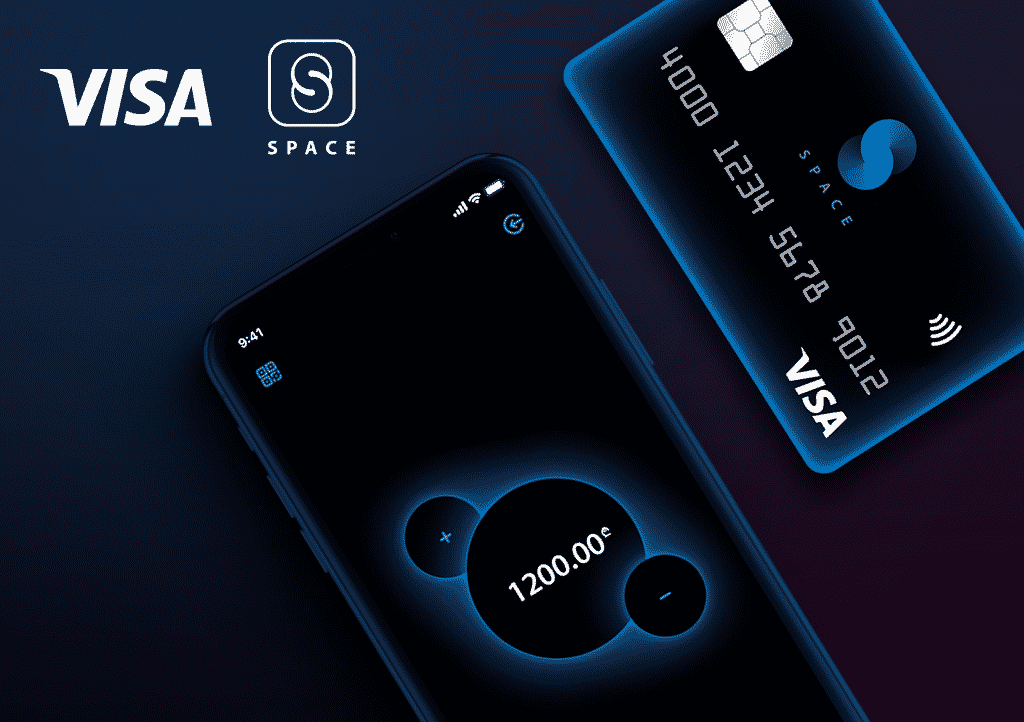50% of Americans don’t have anything saved for their retirement. Another 34% have nothing in their savings account at all. Part of this problem is the inability to understand personal finance and planning. A financial advisor is trained and experienced in the art of how to save and use your money.
Personal financial planners help everyone from recent graduates to those trying to save for their retirement. While they aren’t free, the money they can potentially save you, in the long run, is worth their advice.
Keep reading to learn more about planning your future and why you need a financial advisor.
Ignoring Your Finances Will Not Make Them Better
Besides the obvious fact that ignoring your finances will not make them better, it will also negatively affect your well-being. One study found that how you perceive items like your current financial situation as well as how well you’ve planned for the future, affects your well-being. These perceptions about your financial state impact everything from your job satisfaction to your physical health.
Needless to say, then, if your finances aren’t in order, the idea of going through them is probably scary. And that’s especially true if you know you’re in a lot of debt, but you’re not sure how much (or how to get out of it).
The solution to that problem is not to ignore the issue but to tackle it before things get even worse. If you don’t know where to start, that’s where a financial advisor comes in.
More Money
Tackling your money problems with a financial advisor leads us to the next reason you should consult a financial advisor. That is, a financial adviser might actually be able to put more money in your pocket.
Financial advisors help you accomplish this in three ways:
- They help you manage your income more effectively.
- They help increase your cash flow through tax planning, expenditure monitoring, and careful budgeting.
- They increase your capital by increasing cash flow for potential investments
Overcoming Personal Biases
The benefit of managing your own money is how much you save. But the main disadvantage of having sole insight into your finances is that you have personal biases that are difficult to overcome.
Your biases impact your decisions, and that includes important financial ones. For example, people who lost money in the tech bubble in 2000 might be reluctant to reinvest in this sector, even if the potential for return is great. A financial planner can help you overcome those personal barriers.
At the same time, a financial advisor can help guide you through difficult financial situations wherein your emotions can get the best of you. If you’ve invested in the stock market, for example, a steep decline in the market may lead you to panic where a financial planner knows when to stay calm. With their experience, you can make logical and reasonable decisions with your money even throughout tough financial times.
A Trustworthy Relationship
You can – and should – trust your financial advisor. These are professionals who have taken a fiduciary oath. That is, they are legally bound to putting your needs before their own.
Some financial advisors are also C.F.P. board certified. This certification indicates that your financial advisor follows a certain level of competency standards set by the Certified Financial Planner Board.
A Financial Planner Can Help You Achieve Long Term and Short Term Goals
Financial planners do exactly what their name indicates: they help you plan your finances for both the long and short term. If you, like most people, struggle to set, prioritize and reach your financial goals, a financial planner will show you how to reach your long and short term goals.
In the long term, a financial advisor can assist with paying off student loans, maximizing your 401k, or becoming consumer debt-free. In the short term, a financial planner helps with building emergency funds, paying for a wedding, or buying your first property.
Plus, you’ll learn from your financial advisor and the plan they help you build. When you help create a financial plan, you follow it closely, and you reap the results, you’re perspective on controlling your finances is likely to change.
Professional Advice and Knowledge
Let’s be honest, you might know how to set up your online bank, you might even have tried your hand at playing the stock market, but you’re not an educated, certified, or experienced financial professional. A financial advisor has the credentials to handle all of the nuances of your finances and to find things that you’re likely to overlook.
A financial advisor will take an unbiased and holistic look at your finances and offer advice on where you can improve your savings and cash flow. But they can also help you with more complicated financial items like taxation, estate planning, and how to handle your debt.
Keep in mind, too, those finances are dynamic. They’re impacted by volatile markets and economic cotexts that grow and change. Your financial advisor helps you plan for those transitions and changes – and for the ones in your own life (i.e. retirement, career changes, etc.).
More Advice Than a Financial Advisor
Visiting a financial advisor is a good idea at all stages of life, regardless of your financial situation. Whether you’re ready to start saving for retirement, you’ve just graduated from college, or you’re preparing to buy your first property, a financial advisor can help you achieve those goals.
While the cost of a financial advisor is a hindrance for some people, a financial advisor can actually help put more money in your pocket. They can show you how to better use your income, ultimately increasing your cash flow and your capital.
But for even more advice than a financial advisor can give you, check out our financial advice blog. It’s full of all the financial information one could need.





